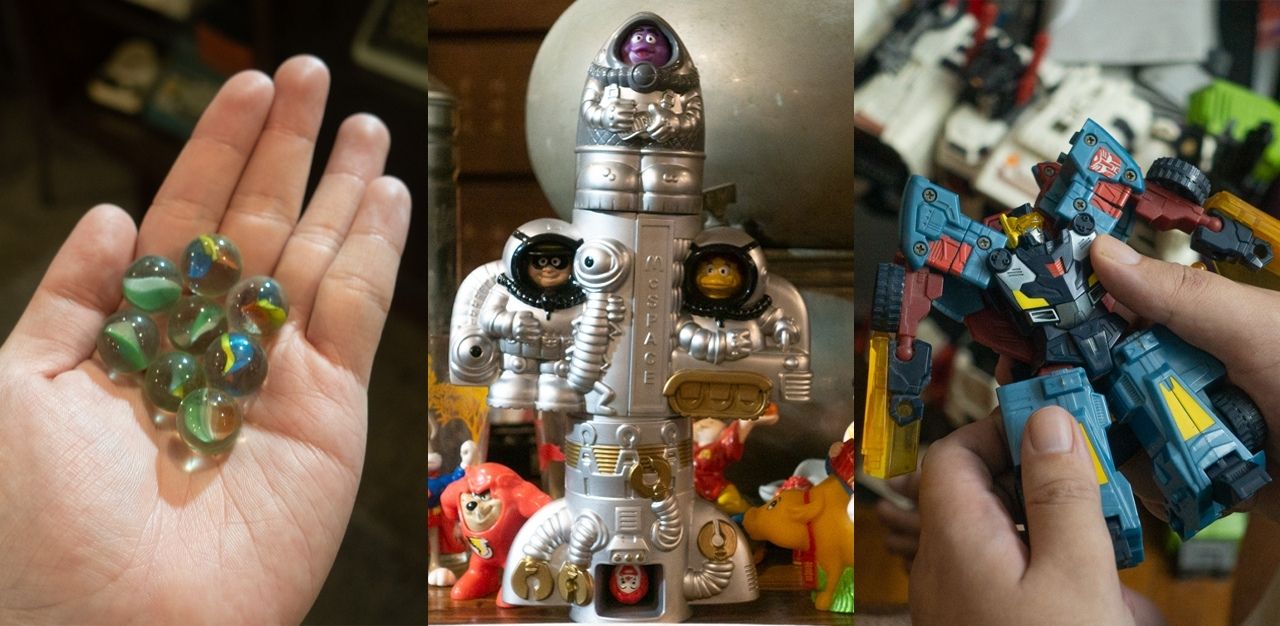For Kyle Ong, the Transformers universe has more than meets his eyes. He fell in love with the characters since he was a child. In fact, he loved it so much that he has amassed a gargantuan collection of Transformers figurines (along with many others) over the years.
Sitting in pride of place is a palm-sized small Optimus Prime figurine that kickstarted his hobby. “This was a gift from my mother,” he says, showing me the very toy. “The year was 2007 and I was only 12.”
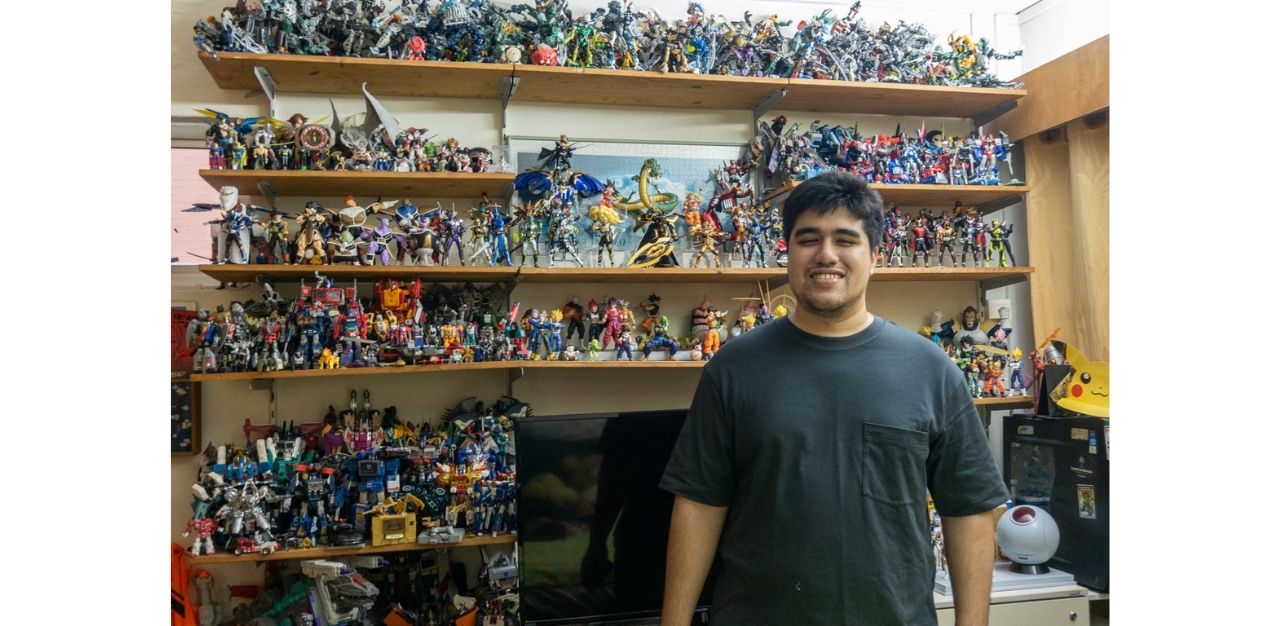
Now at 26, Mr Ong lives with his parents and thousands of figurines at an HDB executive maisonette in the northeast. Five wooden shelves brimming with toy figurines are displayed right in front of his bed in his bedroom on the second floor. Another mid-sized, five-tiered wooden shelf rests by his bedside, and that too is also stuffed with toy figurines. Apart from the Transformers figurines of various sizes, the toys he collects run the gamut from Power Rangers and Bionicle action figures to popular Japanese anime characters, such as those from Dragon Ball.
As a single child, Mr Ong spent most of his childhood watching cartoon shows, particularly Transformers. The exposure, he posits, has influenced him to want to acquire action figurines. Collecting such toys normally burns a big hole in the pocket and with no money as a child, Mr Ong would turn to his parents, who would, on rare occasions, obliged. Now working in the healthcare industry, Mr Ong is able to afford the toys on his own — a stark contrast to his pre-teenager days where he would only get them as gifts.
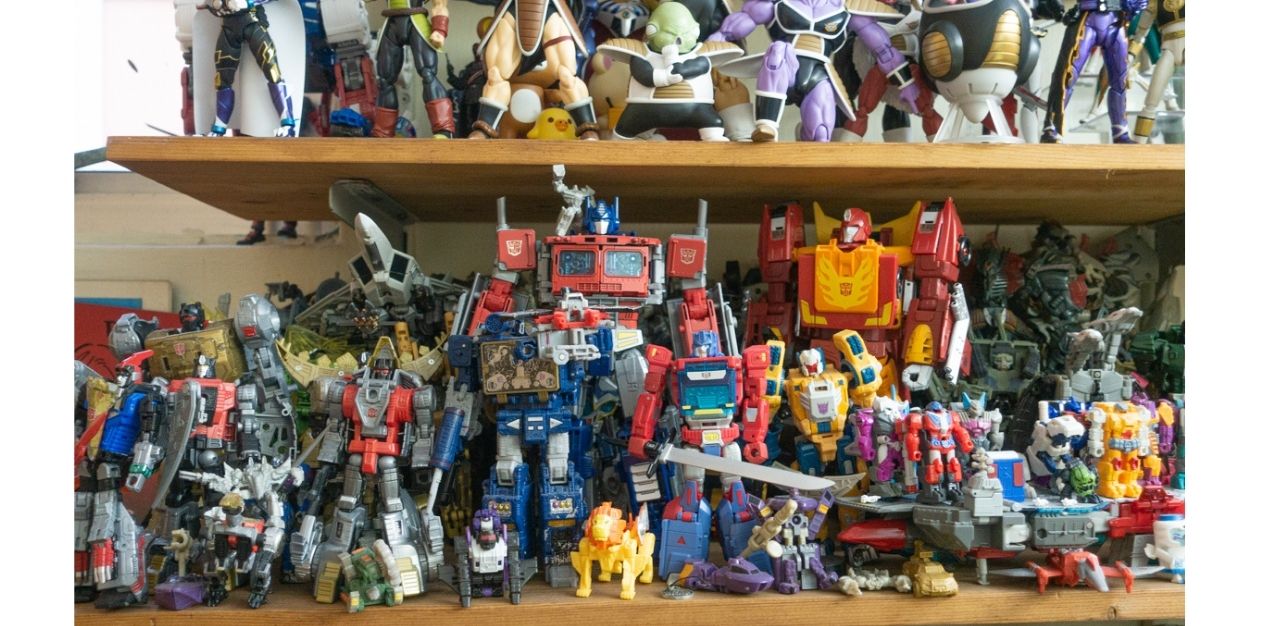
“Looking back, only my neighbour knew of my extensive and growing collection,” he says, noting how few in his circle of friends were privy about his toy collection throughout his Primary and Secondary school years. When he did invite his neighbour over to play after school, they would often engage in simple banter or role-play using the figurines.
On how much he has invested on his toys, Mr Ong shrugs: “I am not very sure but I think I have invested between $30,000 and $32,000 for my collection. But I think it’s worth more.”
Like most toy collectors, Mr Ong sometimes collects for their purported return of investment values. “There are collectors who do just that,” he says. But for the most part, he collects them for nostalgia sake. “It’s nice to physically hold onto the things you like, especially if it’s a hero you’ve seen on TV before.”
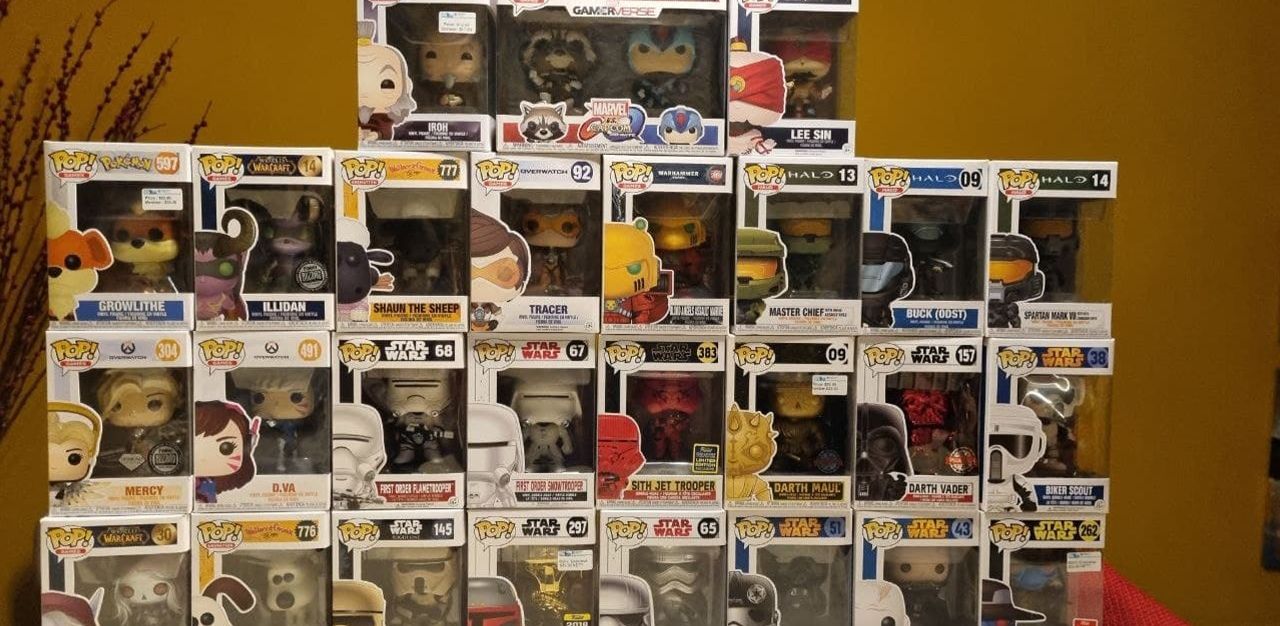
Undergraduates 24-year-old Kevin Tan and 21-year-old Zen Wang only began collecting toys, specifically Funko Pop characters, in recent years. These vinyl figurines with oblong heads and black, weary-looking eyes dominated the market for collectible toys since 1998. For the two friends, they serve more than mere ornaments that add colour and personality to their rooms.
Mr Wang says: “[The Funko Pop figurines] reminds me of my childhood and of the fun memories I had as a kid. That was a time when things were a lot ‘simpler’.”
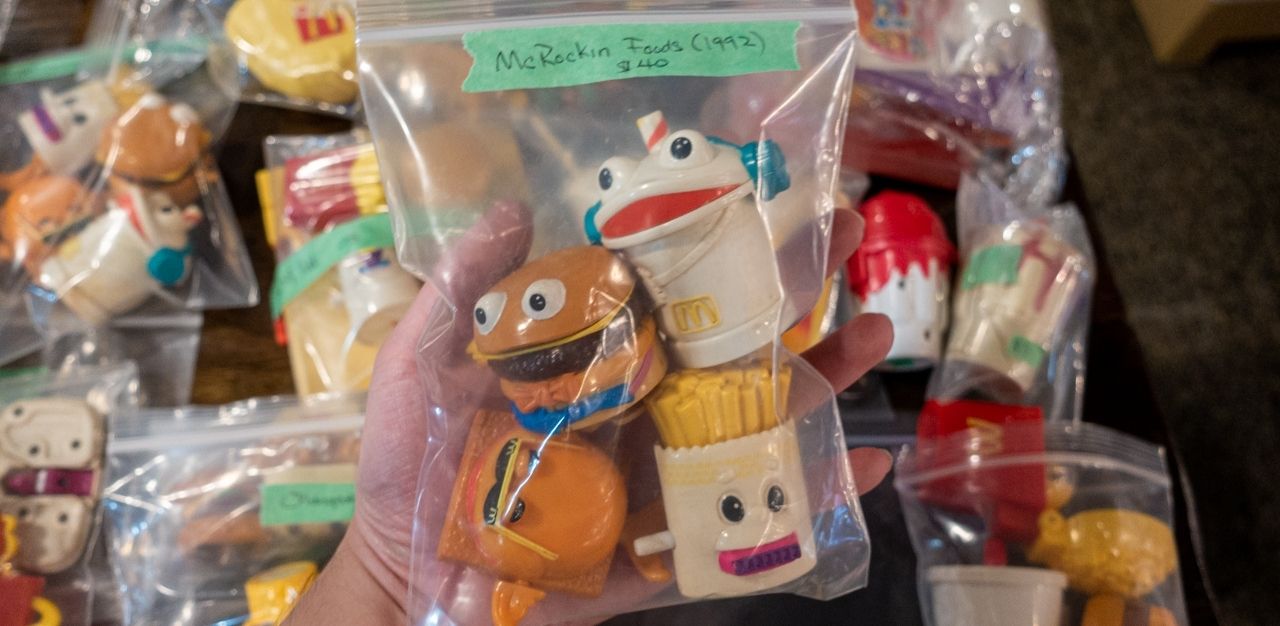
Vintage collector Donovan Goh, 39, echoes the same sentiment.
“Some of my customers are willing to spend an exorbitant amount of money to collect toys that had been a part of their childhood,” he says.
Mr Goh, who owns and runs the vintage goods café Old Habits at SAFRA Mount Faber, says. “It’s like buying back or reclaiming a part of their memory.”
“All the excesses of our childhood are now made purchasable online, especially on eBay or Carousell,” Mr Goh adds.
Toys over the generation
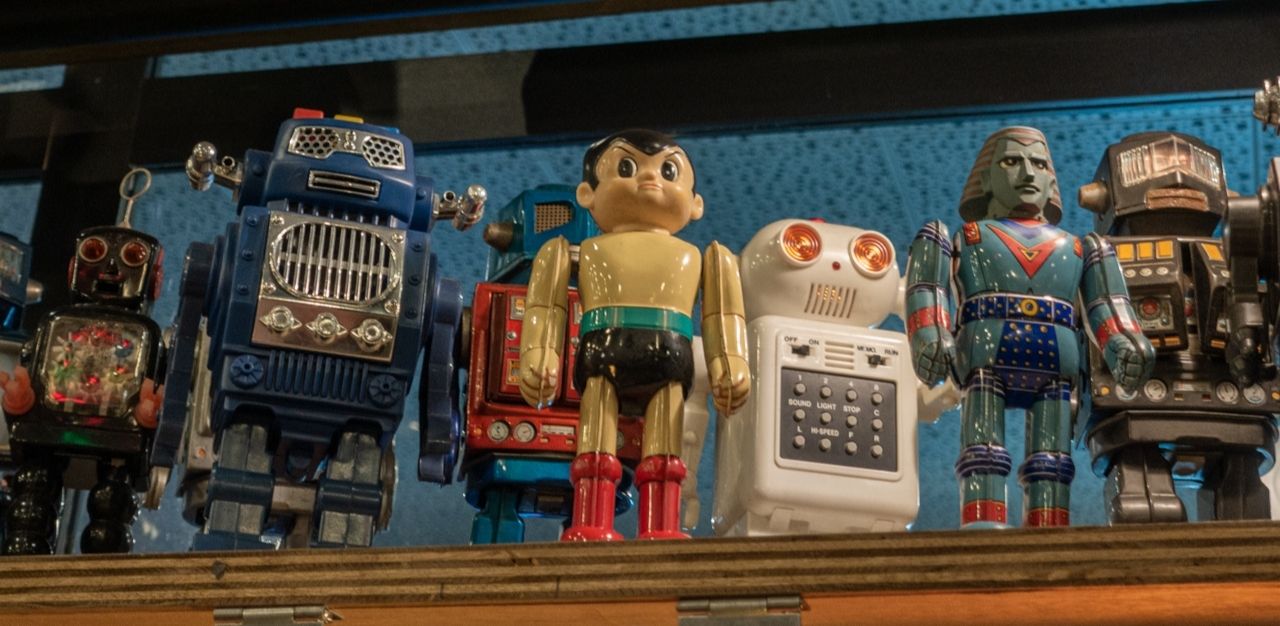
Mr Goh, who has spent years scouring and amassing vintage items with his wife, explains that tin toys made in the fifties, sixties and seventies are extremely rare to procure and rake in at a high price. He shares: “Not many could afford toys and since there wasn’t a huge demand for them, toys were scarce then.”
Some of the toys in the eighties, like Care Bears and Strawberry Shortcake, started as greeting cards. Others, such as Cabbage Patch Dolls, were created specifically for Christmas to get parents to spend on their kids.
Mr Goh, who grew up in the eighties, says mainstream television and prime time cartoon programmes played a huge part in marketing toys to children in that era. While television in Singapore began in 1963, marking the start of a social and cultural revolution, Mr Goh says that it was only in the seventies and eighties that mainstream television became even more accessible in Singapore.
“There were only a few channels and shows to catch then. Pretty much, everyone was chasing the same cartoon series and that may perhaps be why kids, myself included, wanted to own action figurines that resembled the characters on the silver screen.”
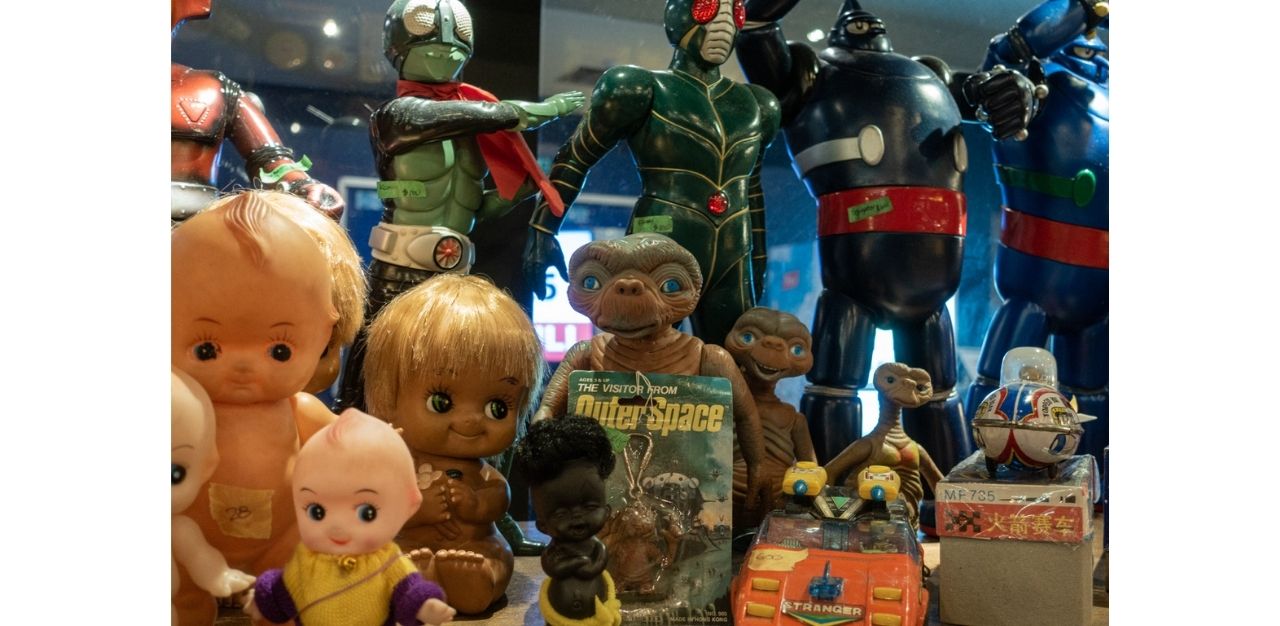
So, what of the toys in the nineties and onwards? By then, pop culture has pervaded the public conscience and a bulk of the popular toys were either resembling mascots or from iconic television and film characters. Case in point: Funko’s bobbleheads and vinyl figurines; plushies from Sesame Street (Elmo, Big Bird, Cookie Monsters to list a few); the baby from Kewpie Corporation; Sharity, the Care Elephant; and even McDonald’s iconic characters (Hamburglar, Grimace, or Birdie – how many can you remember?).
“I sometimes buy Funko Pop figurines to show my ‘support’ for a particular cartoon character,” Mr Tan recounts, acknowledging the brand’s proclivity for acquiring licenses from entertainment blockbusters. “Pop nomenclature is weird and expansive. Funko, with its range of licensed toy figurines, understands how valuable that is.”
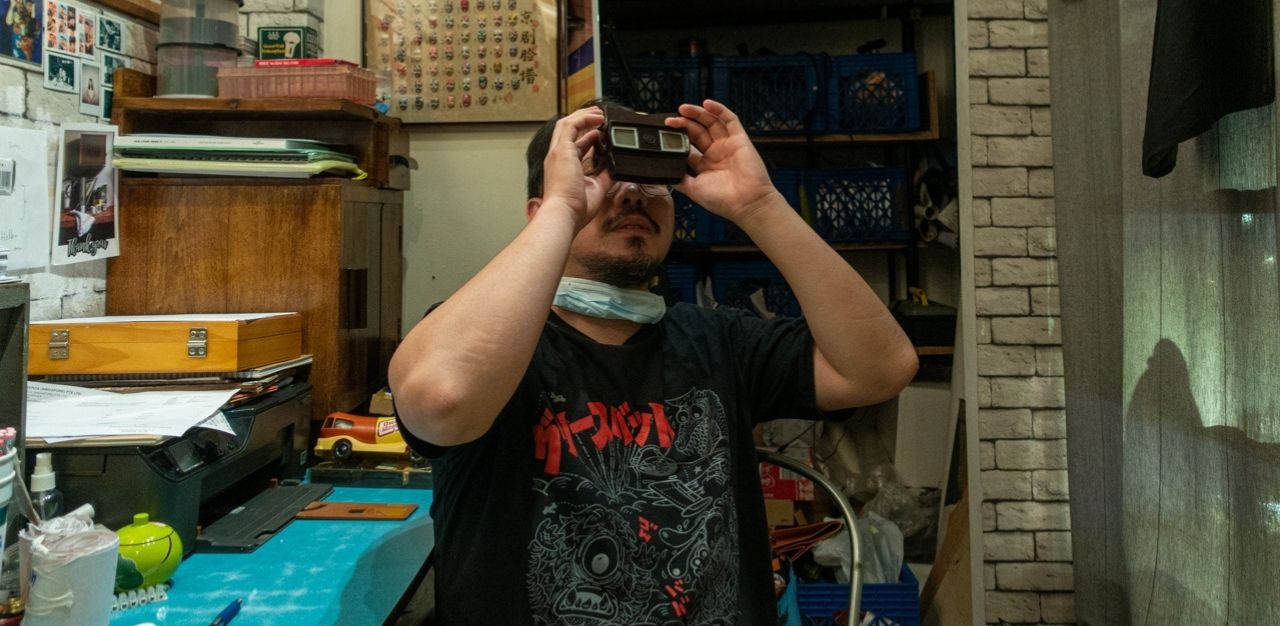
Mr Goh is also quick to add that with more purchasing power and ease of access to buy toys, the novelty of owning toys among children today is a vastly different experience from what children of yesteryears would have. “Everything is reachable with a swipe of a finger on your mobile phone or [a click of the mouse on the] computer. Gone are the days when we had to beg for and use our wits to get toys from a toy shop,” Mr Goh laughs.
Electronic toys, the likes of Tamagotchi and the 8-bit handheld game console Game Boy, saw a reckoning from the late nineties too. For Mr Goh, those electronic toys foreshadowed the changing preference of play in the digital era—from physical toys to elaborate digital ones.
Not just mere play
To the untrained eye, play is just play. A form of recreation and nothing much. Toys, then, are tools that facilitate that leisurely interaction, but for psychologists, play is so much more than that and it is neither aimless, repetitive nor foolish.
“In developmental psychology, toys play a significant role in the child’s physical, cognitive and social development,” says Dr Reena Dabas, Associate Lecturer of Psychology and Developmental Psychology at the Singapore University of Social Sciences (SUSS) and Singapore Institute of Management – Global Education (SIM-GE).
Children who role-play with toys, Dr Dabas says, tend to exhibit better problem-solving abilities, interpersonal skills, and empathy when they are older. Learning through play is of paramount importance in building character and learning important life capabilities.
Along this vein, it is also important to acknowledge that, for a long time, gender stereotypes have been enforced through the toys children play with. It’s not difficult to see the connection between girls with their Barbie dolls and boys with their racing cars. In fact, many departmental stores still demarcate their toy section with baby blue or bright pink colours, effectively separating the toys by gender while advertisers fervently expound on these traditional gender roles to market them.
But this barrier is breaking.
These days, rising social awareness of issues surrounding gender and race seem to have made toy makers more socially aware and inclusive. Today, it is increasingly acceptable for boys to play with dolls and girls race cars. Furthermore, research has also shown that children as young as three years old are aware of racial differences. Recognising the importance of cultural diversity and inclusivity today, American multinational toy company Mattel has, on numerous occasions, revamped their line-up of Barbie dolls. Beyond adding curves, an assortment of skin tones, and varying height into the mix, other new iterations include dolls with prosthetic limbs and skin conditions, such as vitiligo.
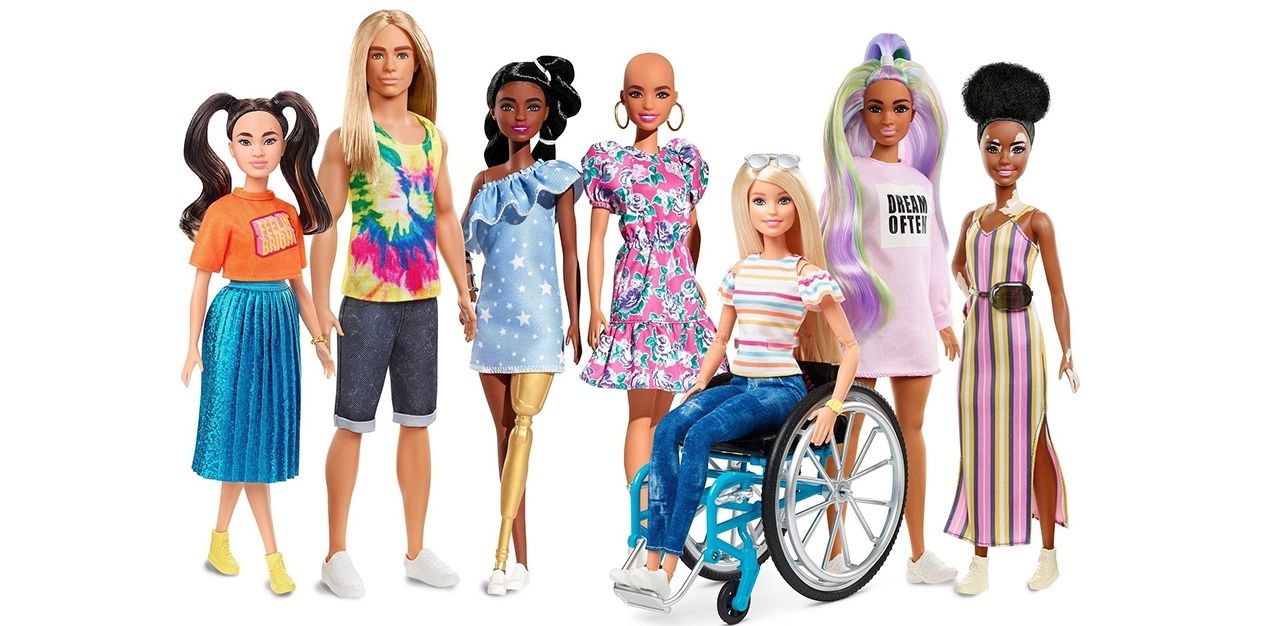
“The general public is now more aware of such contentious issues and this may have perhaps pressured toymakers to pivot accordingly,” says Dr Joanna Yeo who lectures sociology at the National University of Singapore, SUSS and SIM-GE.
On how advancements in technology seem to have created digital playgrounds that supersede physical toys, Dr Dabas does not discount the merits of introducing technology into a child’s play but emphasise that a child may potentially lose out on inquiry learning, which stems from an exploration of the real world, triggered by innate curiosity.
“With technology, there have been a lot of virtual plays surfacing. Take gaming online with friends, for example. The lack of in-person interactions may possibly impede toddlers or youths from picking up social nuances or cues in real life,” she says. “Some may face difficulty expressing themselves, negotiating or resolving conflict effectively in the future.”
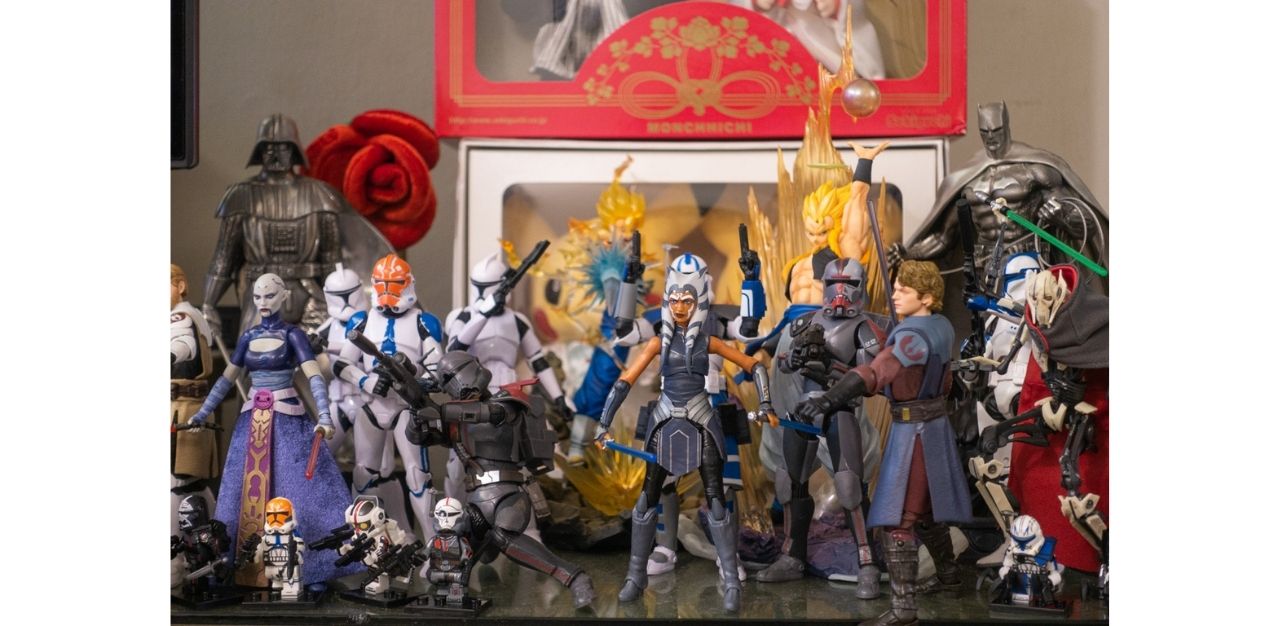
Mr Ong also acknowledges that kids these days have spent more time on their screens than anything else. But that’s not without reason. “Toys have become even more costly in recent years. Parents may have invested in smart devices just because there’s that element of longevity in them. Their children can get so much more from all the entertainment and educational content there,” he says.
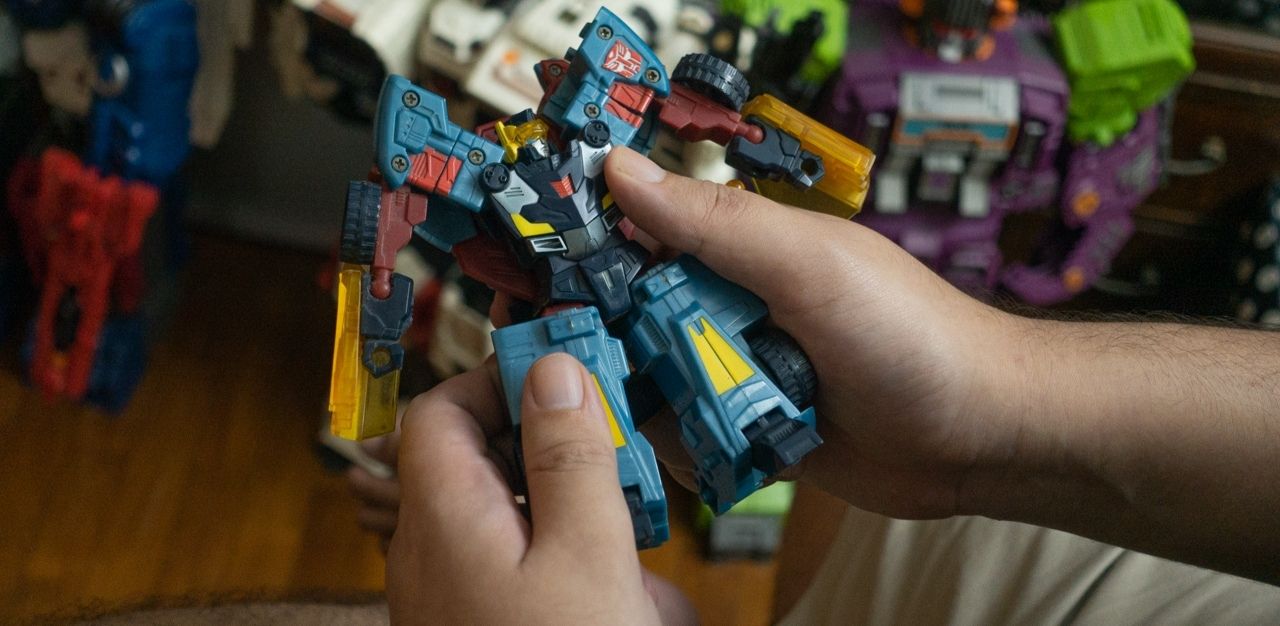
Looking back on his childhood, Mr Ong is glad that he had somewhat of a balanced juggling between playing with his toy figurines and video games. For him, toys have taught him to be more independent and creative. Or as he muses, clutching his Transformers action figure: “It was my form of escape.”
Join the conversations on TheHomeGround Asia’s Facebook and Instagram, and get the latest updates via Telegram.
